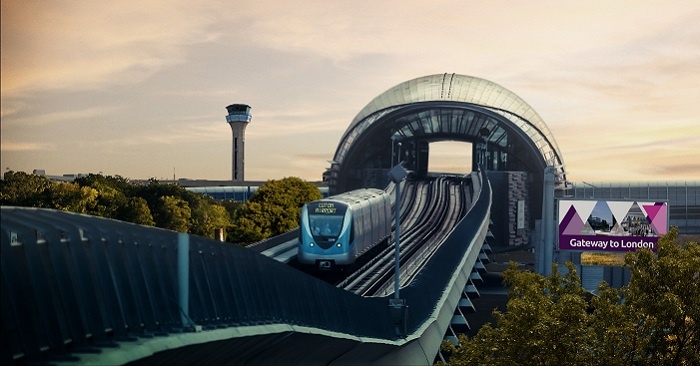
Rail identified as key to future of London Luton Airport
Over 1.5 million passengers chose to travel through London Luton Airport last month.
The latest figures represent a 6.2 per cent increase compared to June 2016 and LLA has now recorded 39 consecutive months of passenger growth.
To meet rapidly rising demand, the airport is delivering the biggest investment programme in its history and increasing capacity by 50 per cent.
The transformation of LLA passed its latest major milestone in June as planning permission was granted for a new fully automated £200 million mass passenger transit linking the airport terminal with Luton Airport Parkway station.
The 24-hour, 1.4-mile line will replace the existing shuttle bus service and is expected to enter operation in 2021.
ADVERTISEMENT
To make the most of the MPT link, LLA is also calling on the government to introduce an express-style rail service offering at least four trains per hour to central London as part of the refranchising of the East Midlands rail line later this year.
Introducing an express-style service will not only dramatically improve the experience for passengers, but also contribute an additional £100 million in revenue to government and the rail franchisee.
It is also expected to take over 70,000 cars per year off the M1 and reduce CO2 emissions by 500 tonnes per year by encouraging more people to travel to the airport by public transport.
Nick Barton, chief executive, LLA, said: “The new MPT rail link is a major milestone in the airport’s transformation.
“Passengers will soon enjoy a seamless transfer between LAP and the terminal.
“LLA will be faster to reach from central London than both Gatwick and Stansted.
“But we want to go further.
“LLA is the fastest growing major airport in the UK, yet it is the only London airport without an express-style service.
“An improved rail service, in conjunction with the new MPT link, will improve the experience for passengers, deliver significant environmental benefits for local communities and accelerate economic growth across the region.”

